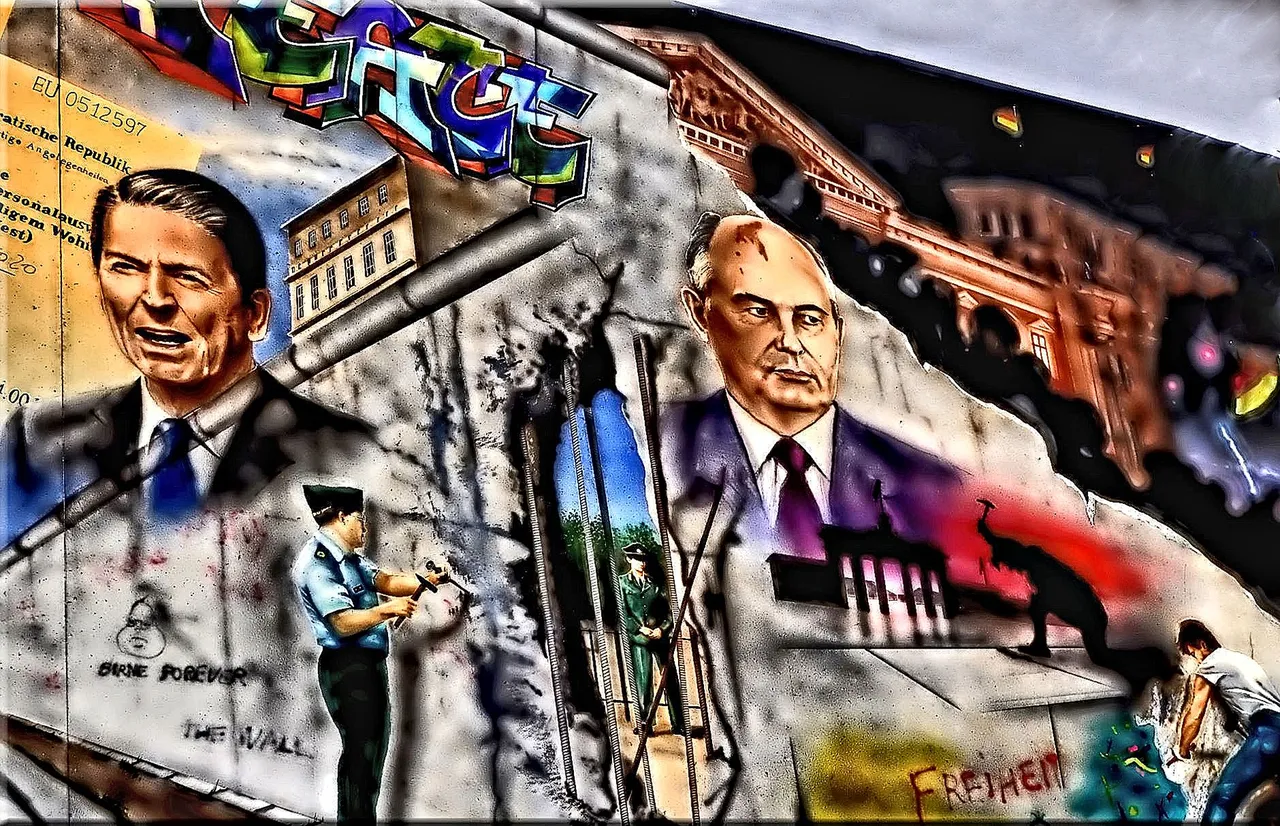How did the Cold War start? How did it end without bloodshed? Which countries have nuclear warheads, and how many do they have? What's a "broken arrow"? What is the "football", and who carries it?
We will answer all of these questions and more in future installments of the Cold War History Blog, where we examine in detail one of the strangest periods in world history. From the aftermath of the Second World War to the collapse of the Soviet Union, this epic standoff between two superpowers affected nearly every part of public life, including politics, movies, television, music, and sports. It ushered in the golden age of espionage and left the American suburbs littered with back yard bomb shelters. War Babies and Boomers remember duck-and-cover drills, red scares, the Korean War, and Vietnam. Generation X has faint memories of the invasion of Grenada, the Iran-Contra affair, and the fall of the Berlin Wall. Millennials and younger may just be left with a remake of "Red Dawn" and "99 Luftballons" playing on the oldies station, unaware of the nuclear threat that once loomed large in the minds of people everywhere.
Why study Cold War history now? Many of the the world's current threats can be traced to events that happened in the context of U.S. and Soviet power struggles, like Iran and North Korea. An alleged Russian spy named Maria Butina was arrested in the United States in June of 2018, twenty-five American diplomats have become ill while working in the U.S. embassy in Cuba, and Venezuela (the most oil rich country in the world) is experiencing famine on a mass scale a decade after nationalizing oil production. In short, context matters, and our understanding of current events is improved with some background knowledge.
Since this is a learning experience for us, too, we invite questions, comments, suggestions and criticism. So climb into your bunker, pour some vodka, and join us in a tour of the Cold War.